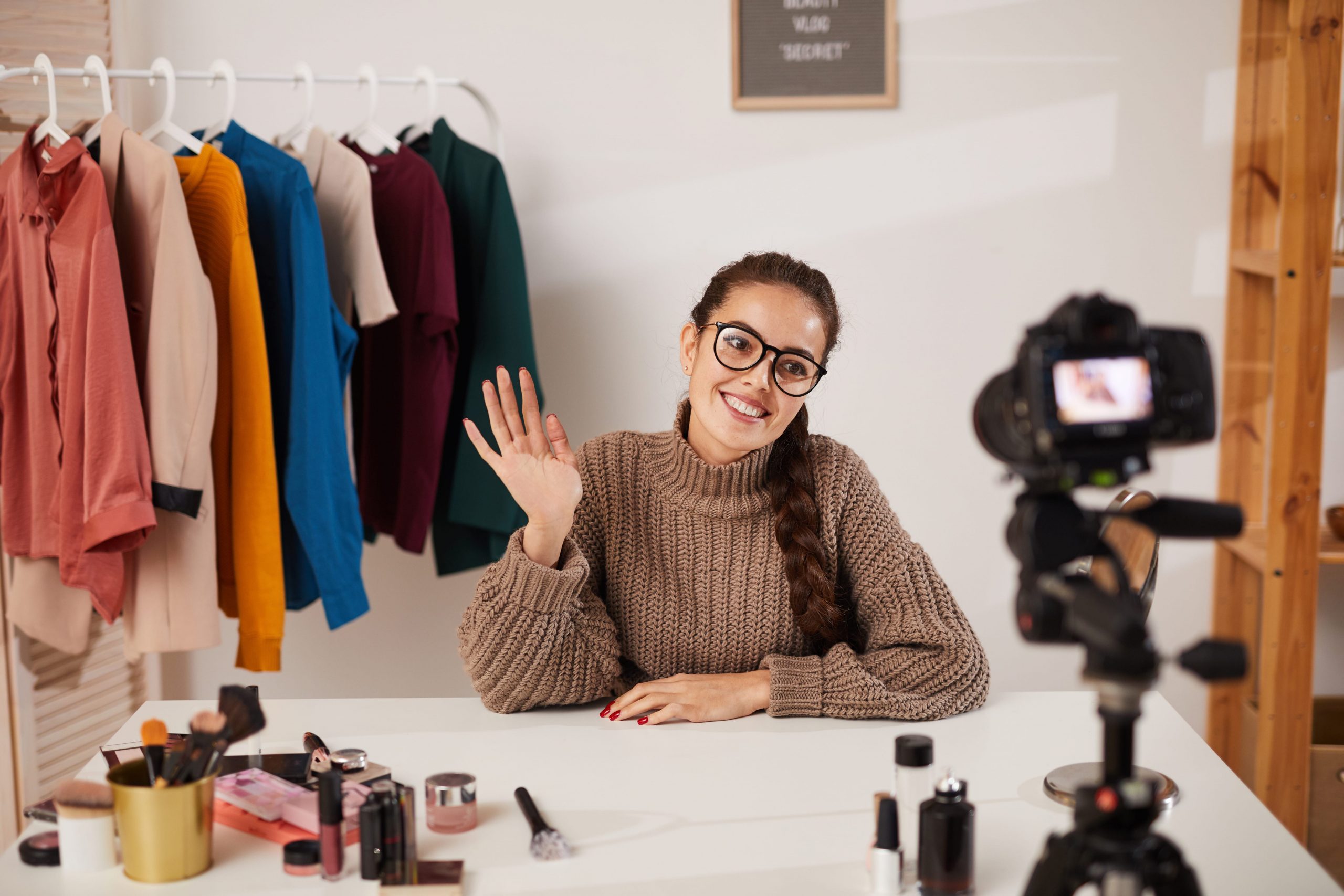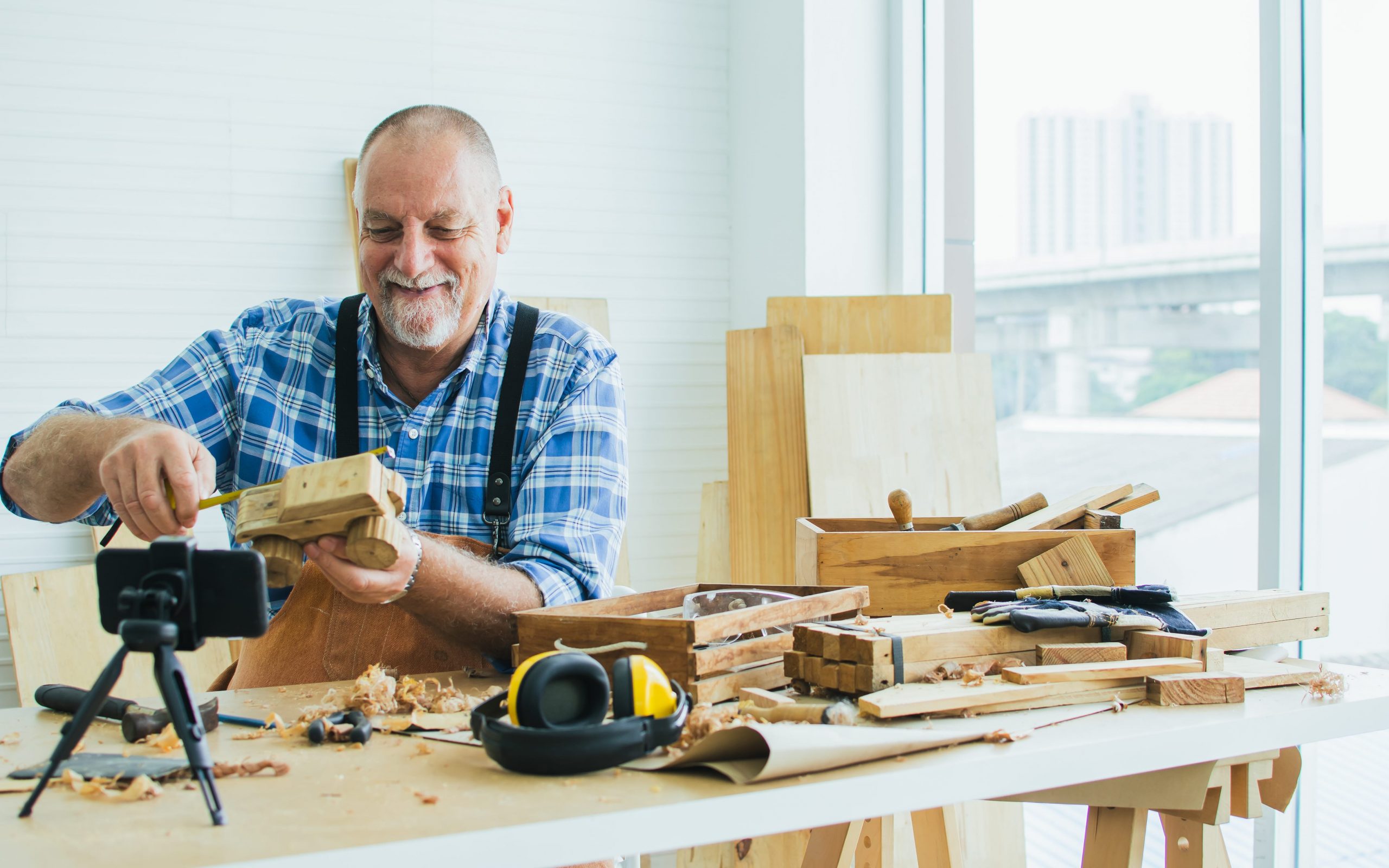With the rise in popularity of TikTok and the use of technology to allow remote participation, video is forecasted to be a leading marketing medium in 2022.
The accessibility of video has increased significantly in the past 20 years, with entire feature films created using consumer level iPhone technology, and platforms like YouTube enabling average citizens to make a living without significant infrastructure investment. But as with all communication mediums, there are varying degrees of quality and results that come from how you use it.
Working on low to no budget television series for years taught me a few tricks on where to put your time and energy for the greatest return without breaking the bank.
1. Don’t Skimp on the Audio
Time and testing has proven many times over that viewers will stick out low quality visuals, but will bail if the audio isn’t up to snuff. So if you can, invest in a good quality microphone and do some sound tests before you record. It’s often surprising what can be picked up in the background of a recording that our ears tune out when we are in the environment every day. Your furnace, fluorescent lights, and the traffic outside can all distract from you as a subject. So if you don’t want your audience to focus on the fact that your refrigerator is most definitely running, best to make sure that’s not obvious in the recording.
2. Purposefully Choose a Background
The right background should be an active choice, not an accident. The audience will notice anything in your frame and that includes what is behind you.
I cannot tell you how many times I have had to reshoot for an untidy shelf with garbage on it, edit out a logo, or even respond to a copyright claim about a piece of art. But the biggest offender of all is a window in the background. Outside activity and worse, the natural light of the sun, will always overpower an interior scene and take the focus off of you, the subject.
So think about where you shoot and again, do a test to see if from the audience’s point of view. There should be some depth and contrast between the subject and the background. Don’t line yourself up against a wall the same color as your shirt or you will blend into it. Make sure there is nothing more interesting than you within your frame.
If you’re feeling fancy, today’s tools make it pretty easy to replace your background with whatever image you can imagine. Use a blur filter when you are backed into a corner or get creative and broadcast from the bridge of the Death Star on May 4…(full disclosure, I may have done that).
3. Dress for Success
The rumor that the camera adds ten pounds comes from the fact that things present differently through the lens than they do to the eye. You may feel that black makes you look thinner in person, but recorded through a camera lens, black will flatten anything it covers and can emphasize the parts of you it doesn’t. Depending on the other contrast in your frame, this could exaggerate and even separate your torso from your head in disproportionate ways. White will have the opposite effect. Loud patterns can have a prism effect and take over the scene entirely. Avoid solid black, solid white, loud colours and busy patterns to keep the focus on you and not your clothes.
You also want to make sure your clothes fit properly. If you are uncomfortable, you will unconsciously fidget, and we will notice. And yes, we really can see if you’re sucking in your gut.
The right wardrobe choices can be the difference between looking awkward and looking natural.
4. Talk to your Audience
Video is an intimate communication medium. The camera will actually put you closer to your audience than you would be if you were in the same room. So why are you shouting? You aren’t on a formal stage giving a speech, and performing like you are can come across as disingenuous when you are visually so close. Tailor your tone, volume and mannerisms as if you were in the same room, talking to real people.
In doing this, you still need to follow all the rules for effective presentations. Use open body language positioning and movement. Ensure you have energy in your voice and variation in your pitch. You know what you are going to say, but others need time to hear and process that. So watch your pacing and use pauses for effect when you can.
Like any good meeting presentation, eye contact is really important for connection. Unless inappropriate for your content, talk to the camera or a consistent point just past it confidently and consistently. Resist the urge for your eyes to flutter or look around, and unless you have a teleprompter that advances with the content, try to avoid reading. Because we can tell, and it can take away from the sincerity of what you are saying.
5. Take your Time
Unlike the days of film prints, there are few incremental costs to doing as many takes as it takes to get it right, and if you have a lot to cover there is little reason to try to get it all perfect in the same take. Editing is your friend. For longer pieces, editing can add visual interest and help with pacing for the viewer, and unless you are streaming live, for some additional time investment, you really can fix a lot in post. Try recording your piece in different locations, from different angles, with different voice inflections, and choose what you think works best for your final product.
The age of video is an exciting one. With everyone carrying a device in our pockets and a multi-tude of free tools and resources on the internet, it’s never been easier to just get started, experiment and learn what works as you go. So get creative and have fun if you can!
Now, we know DIY isn’t for everyone or every situation. If you are looking for a higher quality piece, learn more about the Video product we offer here or reach out to a Directwest Media Advisor today!
Nova Alberts is a Marketing Manager with the Brand and Platform team at Directwest and former media producer in the film and television industry.


